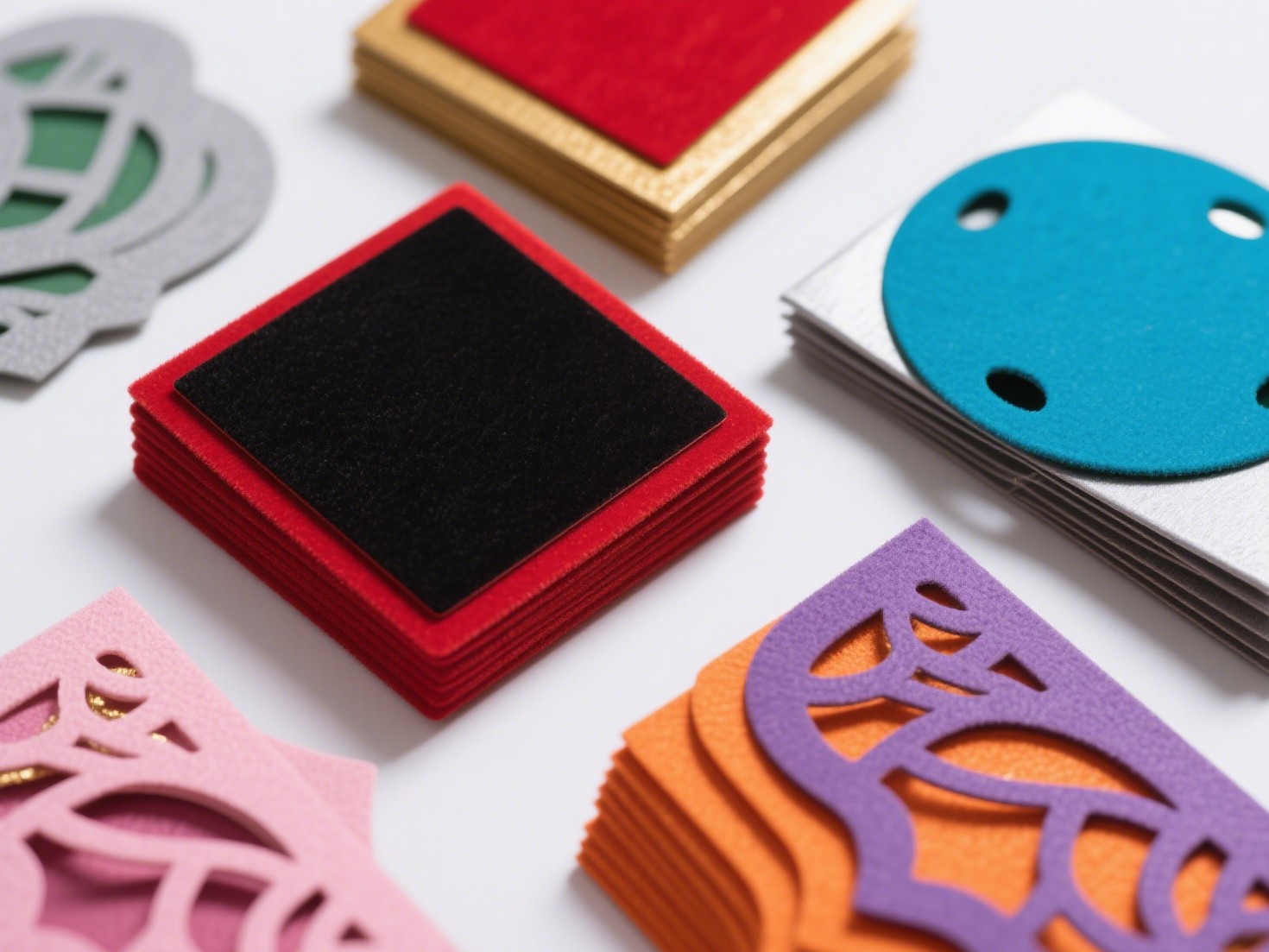Fashion design is not merely about creating clothes; it is an art form that combines creativity, technical skills, and an understanding of market trends. If you’re asking yourself, “How can I start my fashion designing career?” you’re in the right place. This guide will provide you with a structured approach to embark on your fashion design journey, from education and skill development to building a portfolio and understanding the industry landscape.
- Understanding the Fashion Industry
Before diving into the technical aspects of fashion design, it’s crucial to understand the industry as a whole. The fashion industry is multifaceted, encompassing various sectors such as haute couture, ready-to-wear, and sustainable fashion. Each segment has its own audience, trends, and business models. Researching these areas will help you identify where your interests lie and how you can position yourself within the industry.
- Educational Pathways
While some successful designers are self-taught, formal education can provide a solid foundation. Consider the following educational pathways:
- Fashion Design Degree Programs: Enroll in a reputable fashion design school that offers a comprehensive curriculum covering design principles, textiles, pattern making, and fashion history. Schools like the Fashion Institute of Technology (FIT) and Central Saint Martins are renowned for their programs.
- Online Courses and Workshops: If traditional schooling isn’t feasible, numerous online platforms offer courses in fashion design. Websites like Coursera and Skillshare provide access to industry professionals and valuable resources.
- Internships and Apprenticeships: Gaining hands-on experience through internships is invaluable. Seek opportunities with established designers or fashion houses to learn the intricacies of the trade.
- Developing Essential Skills
Fashion design requires a blend of creative and technical skills. Here are some key areas to focus on:
- Sketching and Illustration: Develop your ability to communicate ideas visually. Practice sketching regularly and explore various illustration techniques, including digital tools like Adobe Illustrator.
- Sewing and Pattern Making: Understanding garment construction is essential. Take sewing classes and learn how to create patterns, as this knowledge will enhance your design capabilities.
- Textile Knowledge: Familiarize yourself with different fabrics and their properties. Understanding how materials behave will inform your design choices and enhance the functionality of your creations.
- Trend Analysis: Stay updated on current fashion trends and consumer behavior. Follow fashion shows, read industry publications, and utilize social media to gauge what’s popular.
- Building Your Portfolio
A strong portfolio is your calling card in the fashion industry. It should showcase your best work and demonstrate your unique style. Here’s how to create an impactful portfolio:
- Diverse Projects: Include a variety of projects that highlight your skills, from sketches and technical drawings to finished garments. This diversity will show potential employers or clients your versatility.
- Professional Presentation: Ensure your portfolio is well-organized and visually appealing. Use high-quality images and consider creating both a physical and digital version.
- Personal Projects: Don’t hesitate to include personal projects that reflect your design philosophy. These can be passion projects or conceptual designs that showcase your creativity.
- Networking and Industry Engagement
Building a network is crucial in the fashion industry. Attend fashion shows, trade fairs, and industry events to meet professionals and fellow designers. Utilize platforms like LinkedIn to connect with industry insiders and join fashion-related groups. Engaging with the community can lead to collaborations, mentorships, and job opportunities.
- Establishing Your Brand
As you gain experience and confidence, consider establishing your own brand. This involves:
- Defining Your Aesthetic: Identify your unique design style and target audience. Your aesthetic will set you apart in a competitive market.
- Creating a Business Plan: Outline your business goals, marketing strategies, and financial projections. A well-thought-out plan will guide your brand’s growth.
- Utilizing Social Media: Leverage platforms like Instagram and Pinterest to showcase your designs and connect with potential customers. Building an online presence is essential for modern fashion designers.
- Continuous Learning and Adaptation
The fashion industry is ever-evolving, with trends and technologies constantly changing. Stay adaptable by committing to lifelong learning. Attend workshops, take advanced courses, and keep an eye on emerging trends. This mindset will not only enhance your skills but also keep your designs relevant.
Conclusion
Starting a career in fashion design is an exciting yet challenging endeavor. By understanding the industry, pursuing education, developing essential skills, building a strong portfolio, networking, establishing your brand, and committing to continuous learning, you can carve out a successful path in this dynamic field. Remember, the journey of a thousand miles begins with a single step—so take that step today and unleash your creativity in the world of fashion design.



+ There are no comments
Add yours